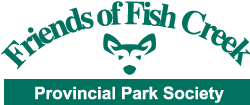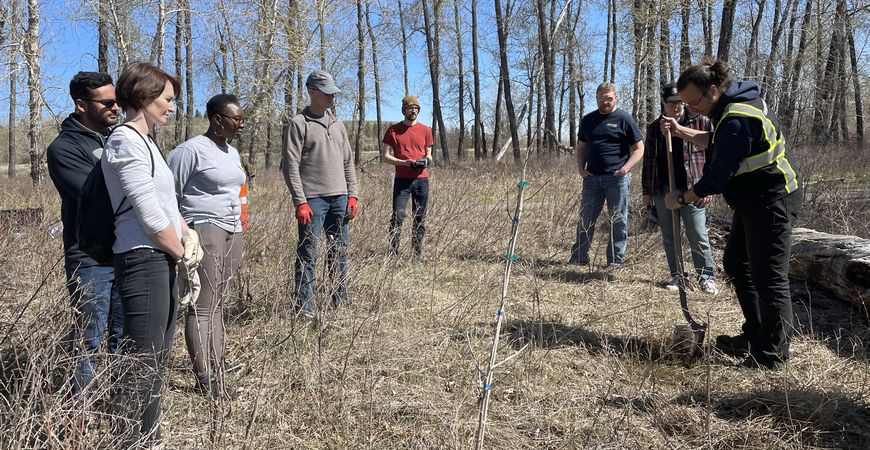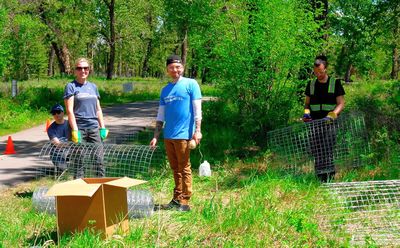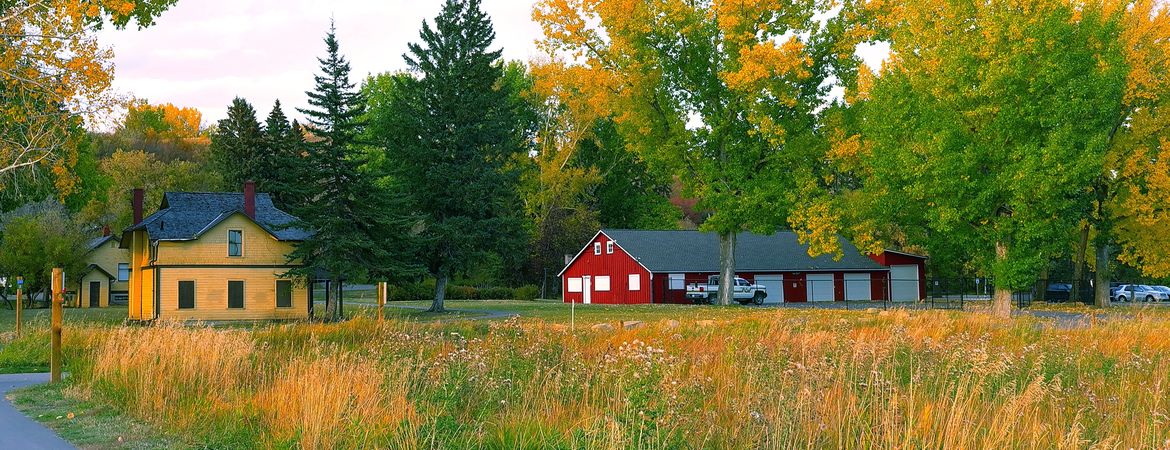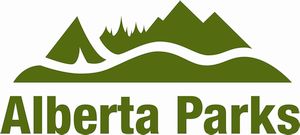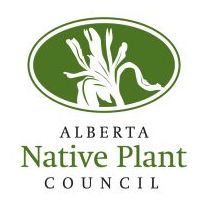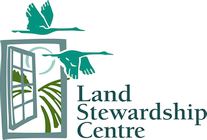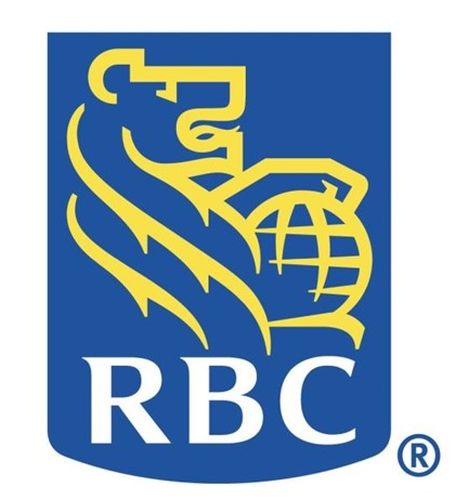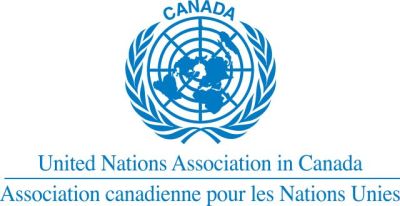Poplar Forest Stewardship
Poplar Forest Stewardship
The Friends of Fish Creek have worked in Fish Creek Provincial Park with a cooperating agreement with Alberta Environment and Parks since 1992. We focus on conservation of the park and how to make it a healthier place for nature and humans alike. The poplar forest stewardship project allows the Friends of Fish Creek to work with other partners to create and implement ideas and strategies to help the park. The project will focus on some long-standing issues such as the need to restore some riparian areas around the park, the lack of regeneration of poplars, replacing and attending to aging beaver coexistence devices, community awareness and understanding of beaver activity and benefits, and tree wrapping. All these things will help to keep Fish Creek Provincial Park at its best for all those who visit and enjoy the park.
Projects
Rewilding
Rewilding is what we do to help Fish Creek continue to be the beautiful, healthy park we all enjoy. Cultivating and planting native trees and plants, assessing riparian health, and putting up temporary fencing to protect areas that need some help, are all things the Friends of Fish Creek volunteers and staff do to keep the park at its best. When Rewilding work is happening within the riparian areas, the natural processes along the creek can continue, positively impacting the creek’s watershed health. *
Continuous human use in riparian areas along the creek have resulted in these areas struggling to be at their healthiest. When park users create their own trail to the water and multiple people use this preferred trail the area can be affected negatively. The ground can become more compact causing loss of natural vegetation and erosion of soil into the creek. This affects the watershed’s health and is why Rewilding needs to happen in Fish Creek.
Every year in Fish Creek thanks to Cows and Fish (Alberta Riparian Habitat Management Society), volunteers are educated on how to assess the health of riparian areas throughout the park. After they have been trained, they go out to the riparian sites they have been assigned and perform the assessment. The assessment notes things like how much of the area is covered in vegetation, how many invasive weeds and disturbance-caused plants (dandelions, clovers, etc.) are in the area, how many preferred trees are in the area and if they are being affected by humans and animals, and how much human caused bare ground is present at the site. The answers to these questions result in a percentage that tells us whether the specific riparian area is healthy, healthy with problems, or unhealthy, which helps the Friends of Fish Creek staff establish which areas need Rewilding work.
Rewilding is made possible with help from Alberta Environment and Parks, O2 Planning & Design, Cows and Fish, and the Venturers Society.
Help with Rewilding in Fish Creek
*A healthy watershed conserves water, promotes streamflow, supports sustainable streams, rivers, lakes, and groundwater sources, enables healthy soil for crops and livestock, and provides habitat for wildlife and plants.
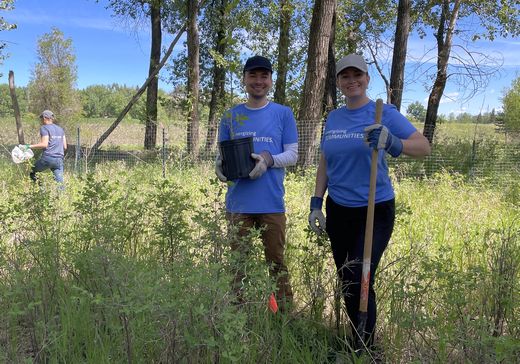 Poplar Planting
Poplar Planting
Poplars are native to the prairies and commonly grow along streams or rivers. Poplars provide food for wildlife and shade for wildlife and humans alike. They also help to strengthen up the bank in riparian areas so that the bank is not easily washed away when floods occur. As mentioned in the Rewilding section above, the Friends of Fish Creek plant poplar trees in struggling riparian areas as a way to help restore these sites.
Each year poplar seeds are rescued from areas in the park where they can’t survive, such as the ATCO grassland. These and other poplars that are ordered, stay at the native plant nursery located at the East Shop in Fish Creek Provincial Park. While in the plant nursery, the trees are watered and taken care of by the Venturers Society until it is time for them to be planted.
The planting location is one of the important considerations made before work begins on putting the trees in the ground. Locations for these planting sites are determined in part by RHA assessments performed by volunteers earlier in the season. Other considerations for planting location are watering access and soil suitability for the species being planted.
When it is time for the trees to be planted, the Friends of Fish Creek staff pick up the plants from the plant nursery and bring them out to the riparian area they are planting in; volunteers come out to help with the planting. Flags are placed all around the riparian area before hand to show where the trees are to be planted. The volunteers work together (usually in groups of 2) to dig the holes and plant the trees in these places. After the tree is planted, a Waterboxx is placed around the base of the tree. This is to make sure the new tree is always getting enough water to continue growing, even on the +30 degree weather days! Next, a Telescoprotexx is placed around the trunk of the tree to protect it from wildlife while it is establishing itself in the riparian area. Lastly, volunteers use a piece of stucco wire and some zip ties to create a tree cage which is placed around the Waterboxx and tree to further protect the tree from being affected while it is establishing itself. Each poplar tree that is planted is tagged and mapped so the Friends of Fish Creek volunteers and staff can continue to monitor how the newly planted trees are doing, and how many are planted throughout the park. These trees continue to be monitored by the Friends of Fish Creek volunteers and staff for up to 5 years and are a great asset in our ongoing plan to protect park ecology.
Poplar Planting in Fish Creek is made possible with financial help from Tree Canada, and PrarieSky Royalty.
Help out with poplar planting
Learn more about the Waterboxxes and Telescoprotexxes
Beavers are very important for our ecosystem. By felling trees they create food for other wildlife and allow more light to get to the ground to help other plants grow. The dams they create help with water filtration, trapping sediment, and collecting rainwater in the ponds/wetlands they have created. While we love having these “ecosystem engineers” in our park they can sometimes damage park infrastructure. Because of this, Fish Creek uses the proactive approach of tree wrapping.
For this project, volunteers will take a piece of stucco wire and wrap it around the base of the tree in an area that needs protecting. The beavers will take notice and will not want to stay in an area where they don’t have access to the trees. This encourages them to go to a different area of the park where there is stronger infrastructure. By encouraging the beavers to look elsewhere in the park for a place to settle, we give the riparian areas and the trees time to grow and strengthen. These management practices result in an improved park space for everyone who visits Fish Creek.
Tree mapping is a way for Friends of Fish Creek volunteers and staff to keep track of trees in the park. Volunteers are trained to use their own digital device in the field to map these observations. Volunteers may map things such as felled trees, dams, lodges, or girdled trees, (trees that have outgrown their protective wire cages). This information helps Friends of Fish Creek staff decide which areas to prioritize. Volunteers and staff will then go out to the sites and unwrap trees that are girdled and wrap or rewrap trees that may cause problems if beavers get at them.
Find out more about tree wrapping and mapping
Mapping, Monitoring, and Maintenance
The ongoing health of our restoration and planting sites is of upmost importance to us. To achieve this goal, our volunteers map planted trees and shrubs using a global information system (GIS) that also allows us to track the health of plants over time to gauge planting effectiveness and the usefulness of plant health interventions.
Progress on these sites is tracked photographically and anecdotally during the restoration period. Fencing and signage is also maintained during this time to reduce human traffic. This gives the site the best possible chance of success. Once the health of a site is improved enough, It’s cleaned up of equipment and left to reintegrate into the wider wilderness of the park.
Click here to read the volunteer job description
Beaver Coexistence
Beavers have been referred to as nature’s environmental engineers. While they do lots of great things for the environment, they can also cause problems such as flooding. Even though there can be problems caused by beavers, we realize the importance of having them in the park and all the good they do for us. Because of this, we are working to foster a positive co-existence between beavers and humans visiting Fish Creek Provincial Park which includes education and harm mitigation strategies.
Learn more about beavers and the co-existence project
Native Plant Nursery Champion
As a long-time partner of the Friends of Fish Creek, the Venturers Society plays a critically supportive role in our environmental stewardship efforts. Since 2014, they have made space in their small plant nursery for native plants and shrubs that are destined for our riparian restoration and poplar planting projects. The nursery plays an incredibly important part in our work, allowing us to store and nurture our plants before they are transplanted into the park.
Given Calgary’s typically dry summer climate, our Native Plant Nursery Champions work alongside the Venturers Society to help maintain the optimal growing conditions and give our plants the best possible chance of survival. Ensuring the survival of our planted vegetation is a priority through every step of our projects, and as the first link in that chain of care, the Native Plant Nursery Champions truly earn their title of ‘Champion’.
For more information on the volunteer position contact Dylan Barnes, Citizen Science and Stewardship Coordinator, by email at dylan@friendsoffishcreek.org or by phone at (403) 238-3841 ext. 5
